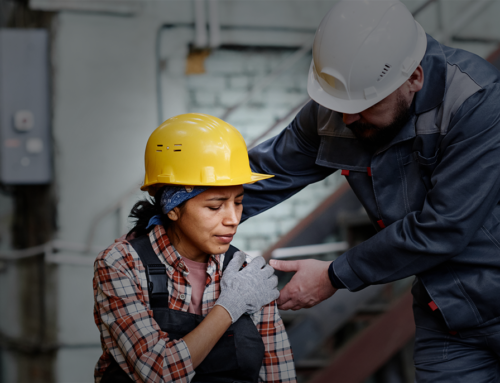I dare you to try not to squat today!
Can you do it – not squat?
I highly doubt it.
We squat with many movements throughout the day such as to get down and then up again when using a car, chair, or toilet. A squat is a compound, multi-joint movement, which uses many joints and muscles of the lower body and lumbopelvic-hip complex. The challenges we see come from limited mobility, weakness or even pain which make even the most simple squatting movements difficult. As we’ve seen in the findings of our monthly Comfort and Performance Surveys, squatting can be a challenge for many of us. Let’s briefly review the squat!
Basic Squat Biomechanics
Eccentric (lowering) Phase
- Hip flexion
- Knee flexion
- Ankle dorsiflexion
Concentric (rising) Phase
- Hip extension
- Knee extension
- Ankle plantarflexion
Common Squat Compensations
We all squat, but how much are we compensating to get the task accomplished. Squatting requires joint mobility, strength, and neuromuscular control. If there is an area of the body which is not providing sufficient success then movement compensations occur. A movement compensation is the body’s way of seeking the path of least resistance. For example, if we lack adequate ankle mobility, we may try to obtain range of motion by altering foot mechanics. This usually comes in the form of excessively turning the feet outward, pronation at the foot and ankle, or raising the heels off the floor. When someone lacks ankle dorsiflexion, which occurs in the sagittal plane, the range of motion must then take place in another plane (frontal or transverse). Due to limited ankle range of motion, the knees may not move optimally in the sagittal plane resulting in borrowed mobility from another plane.
One of the most common movement compensations while squatting is knee valgus, also known as medial knee displacement, or “knock knees.” Knee valgus is a combination of femoral adduction and internal rotation in relation to the tibia. In other words, the shin is pointing outward and the thigh is collapsing and rotating inward. Knee valgus can occur due to impairments occurring at the ankle or the hip. Since the body is a kinetic chain, any impairment at one joint can influence adjacent joints up and down the chain. The knee is caught between the hip and ankle, and as a result faulty movement occurring at one of these joints can impact the knee. Consequently, knee valgus has been associated with limited ankle mobility and weakness of the gluteus muscles. Corrective exercises to regain ankle and hip mobility with stability can help to promote better control of knee valgus.
Opportunity to Improve
Squatting is a compound movement, therefore there are many opportunities to have faulty patterns that occur at the ankles, knees, and/or hips. By consulting with the Solveglobal team, you and your employees can learn more about your squat biomechanics for daily functional movements and exercise. We want you to squat with optimal comfort and capability!







Leave A Comment